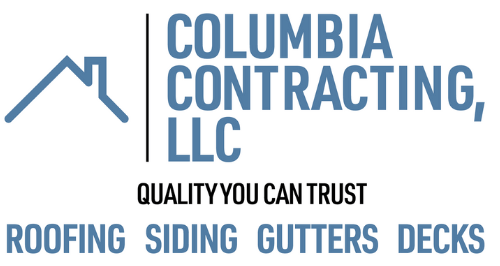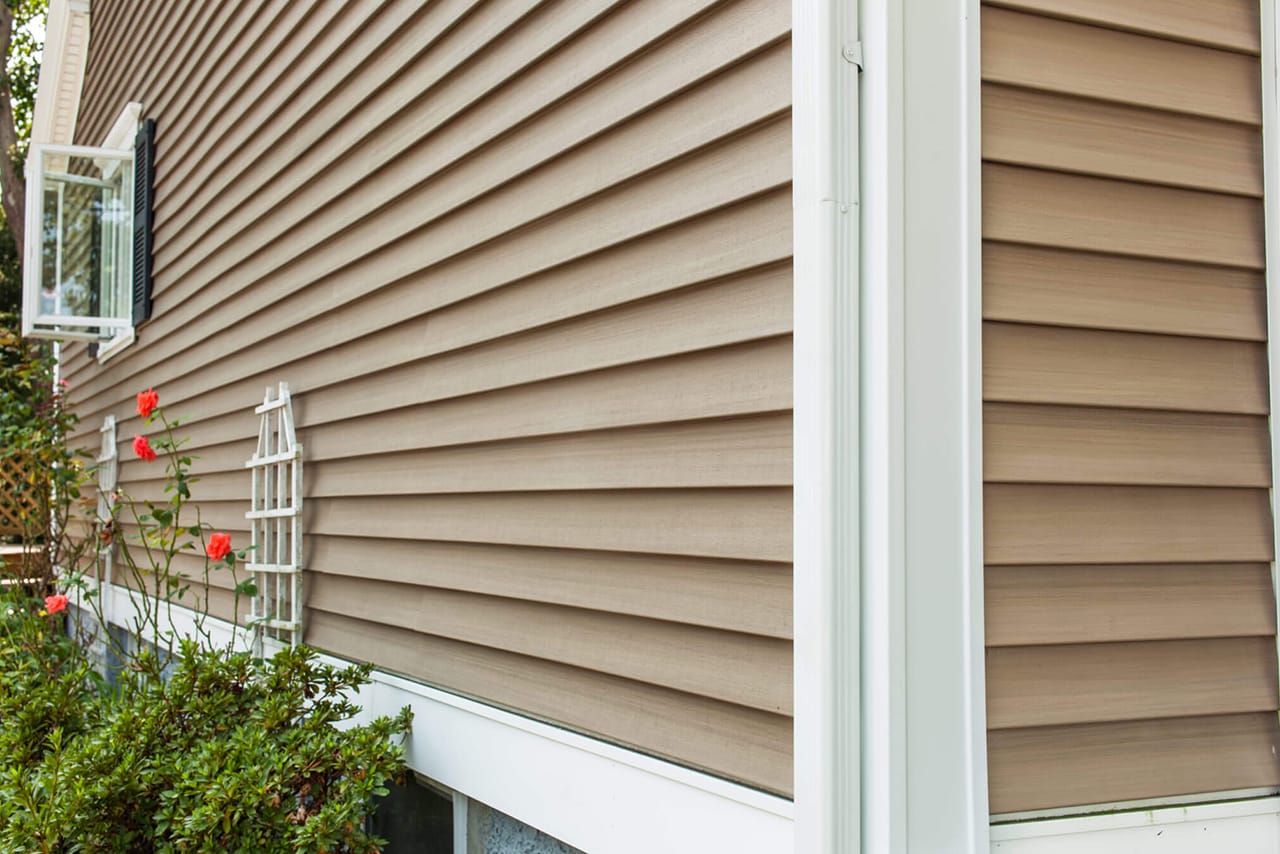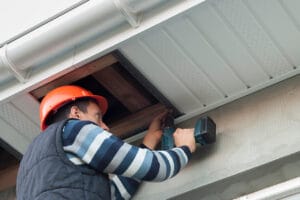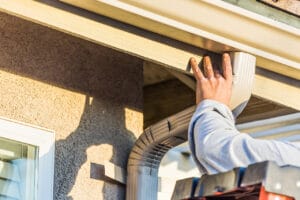Introduction: Understanding the importance of choosing the right exterior siding
Choosing the right exterior siding is crucial because it not only enhances the overall look of your home but also provides protection against different weather conditions. The type of siding you choose can impact your home’s energy efficiency, maintenance requirements, and durability. It’s important to consider factors like your local climate, the level of maintenance you’re willing to do, and your budget when selecting an exterior siding option.
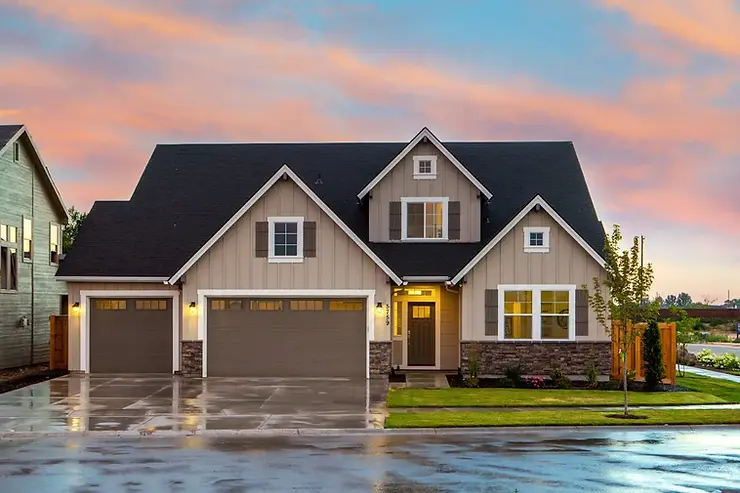
Different types of exterior siding options
When choosing exterior siding, it’s important to consider the climate you live in. Here are some common types of siding materials and their suitability for different climates:
- Vinyl: Lightweight and resistant to moisture, making it a good option for humid climates.
- Wood: Gives a natural look, but requires regular maintenance and may not be ideal for wet or humid climates.
- Fiber Cement: Durable and resistant to pests and fire, making it suitable for various climates.
- Aluminum: Resistant to rust and moisture, making it a good option for coastal areas with high humidity.
- Brick: Provides excellent insulation and durability, suitable for various climates but may not be as cost-effective as other options.
Consider your local climate and the specific needs of your home when choosing the right siding material.
Weather considerations: Best siding for hot and dry climates
In hot and dry climates, it is important to choose siding materials that can withstand high temperatures and low moisture levels. Here are some important points to consider for the best siding options:
- Fiber Cement Siding: This type of siding is resistant to heat, UV rays, and is non-combustible, making it a great choice for hot and dry climates. It also resists cracking and warping.
- Vinyl Siding: It is a low-maintenance and durable option for hot and dry climates. It can withstand high temperatures and extreme weather conditions.
- Metal Siding: Metal siding can be a good choice for hot and dry climates due to its ability to reflect sunlight, reducing heat absorption and keeping the house cooler.
- Stucco Siding: Stucco is a traditional siding material that is well-suited for hot and dry climates. It provides good insulation and is resistant to cracking and fading.
Choosing the right siding material for hot and dry climates can help maintain the aesthetics and functionality of your home while providing protection from the weather conditions.
Weather considerations: Best siding for cold and wet climates
When choosing siding for a cold and wet climate, it’s important to consider materials that can withstand these conditions. Here are some things to keep in mind:
- Fiber cement siding is a durable and low-maintenance option that can handle cold and wet climates well.
- Vinyl siding is also a popular choice for its resistance to moisture and ability to withstand temperature changes.
- Engineered wood siding is known for its ability to resist moisture and adapt to temperature fluctuations.
These siding options are great for cold and wet climates, providing durability and protection for your home.
Cost and durability comparison of siding options
To determine the best siding for your home, it’s important to consider the durability and cost of different options. Vinyl siding is often the most affordable, with an average cost of $3 to $7 per square foot, while fiber cement siding is a bit more expensive at $5 to $9 per square foot. On the other hand, wood siding tends to have a higher initial cost and requires more maintenance. In terms of durability, vinyl siding is known for its low maintenance and longevity, while fiber cement siding offers excellent durability and is resistant to rot and pests. Wood siding, although it provides a natural look, may be less durable in certain climates and requires regular maintenance. Keep these factors in mind as you compare siding options for your specific climate and budget.
Environmental impact: Best eco-friendly siding options
Choosing an eco-friendly siding option can help reduce your environmental impact. Some of the best eco-friendly siding options include:
- Wood siding: It is a renewable resource and can be sourced sustainably, but it requires regular maintenance.
- Fiber cement siding: It is made from a mix of wood pulp, cement, clay, and sand, making it durable and low maintenance.
- Recycled vinyl siding: This option is made from recycled materials, reducing waste and promoting sustainability.
Each of these siding options has its own benefits and considerations, so it’s important to choose the one that best suits your climate and environmental goals.
Maintenance and upkeep for different siding materials
Different siding materials require varying levels of maintenance and upkeep to ensure longevity and durability. Here’s a brief overview of what to expect when it comes to maintaining different siding materials:
- Vinyl siding is relatively low maintenance, requiring occasional cleaning with a mixture of water and mild soap.
- Wood siding needs regular maintenance, including staining or painting every few years and ongoing protection against rot and pests.
- Fiber cement siding is durable and generally low maintenance, requiring occasional cleaning and repainting every 15-20 years.
- Brick siding is known for its durability and minimal maintenance needs, typically only requiring occasional cleaning to keep it looking its best.
- Metal siding is low maintenance, generally needing only periodic cleaning with water and mild soap to remove dirt and debris.
Understanding the maintenance needs of different siding materials can help homeowners make informed decisions when choosing the best option for their climate and lifestyle.
Installation and energy efficiency of different siding options
Different siding options have varying installation requirements and energy efficiency. Vinyl siding is relatively easy to install and offers good energy efficiency with proper insulation. Wood siding installation can be more complex and may require more maintenance, but it offers natural insulation. On the other hand, fiber cement siding installation is similar to wood but provides better fire resistance and durability. Metal siding is also an option, offering high energy efficiency and durability, but may require professional installation. Consider the climate of your area and your budget when choosing the best siding option for your home.
Key factors to consider when choosing exterior siding for your climate
When choosing exterior siding for your climate, it’s important to consider key factors to ensure you make the best decision for your home. Factors to consider include the climate in your area, the durability of the siding material, the insulation properties, and the maintenance requirements.
Conclusion: Making the best choice for your home’s exterior siding
To make the best choice for your home’s exterior siding, consider these factors:
- Climate: Choose siding materials that can withstand the weather conditions in your area. For example, if you live in a humid climate, consider materials that are resistant to mold and rot.
- Maintenance: Determine how much time and effort you are willing to put into maintaining your siding. Some materials, such as vinyl, require very little maintenance, while others, like wood, need regular upkeep.
- Aesthetics: Think about the overall look you want for your home. Consider the color and texture options available for each type of siding and how it will complement the style of your house.
- Durability: Assess the longevity of the siding materials. Some may require replacement or repair sooner than others, so factor in the long-term cost when making your decision.
By considering these aspects, you can make an informed decision that best suits the needs of your home and the climate you live in.

